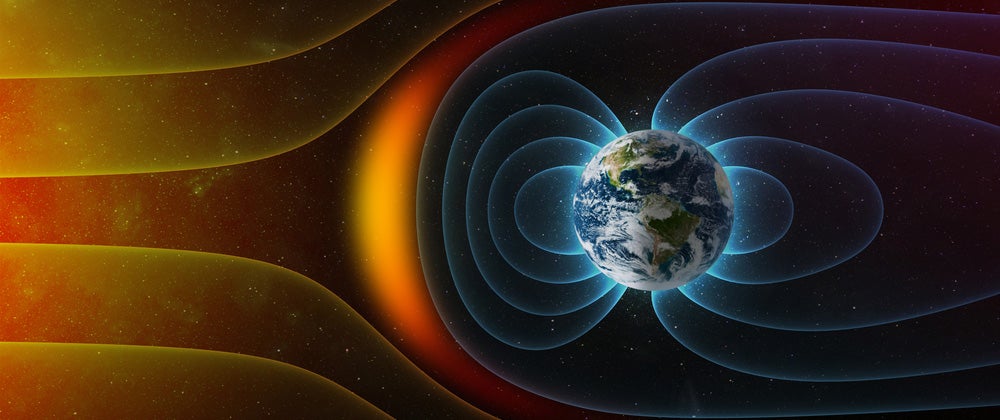
Graphene may be the supermaterial to rule them all—but it turns out you can make it at home. In your kitchen blender. Here’s how.
![]()

Graphene may be the supermaterial to rule them all—but it turns out you can make it at home. In your kitchen blender. Here’s how.
![]()
When you have a balloon floating in a car and start driving, instead of getting thrown back, it actually flies forward. What? Are balloons immune to inertia? Is physics broken? Nope. As SmarterEveryDay explains, it actually makes perfect sense, as science always does.
![]()

The Earth takes a little under 24 hours to rotates on its axis. But what if that leisurely paced pick up—and up and up and up?
![]()

The Earth’s magnetic field protects life on Earth, shielding it from damaging radiation and moderating our climate. So the idea that it could completely flip around, or collapse altogether, should cause us to worry, right? Well, yes and no.
![]()
You wouldn’t think that a four-wheeled car would go faster if one of its wheels didn’t touch the ground. Or if its axles were bent. Or if it was designed to grind against a wall. But you’d be wrong, and here’s the science to prove it.
![]()
Imagine a place with no noise whatsoever: no sound, no light, no radio—hell, no Wi-Fi. How on Earth would you go about creating it?
![]()

Not content with perhaps the biggest scientific discovery of the decade
![]()

CERN is home to some of the brightest minds in science and the origin of some of physics’ biggest findings—but this Tumblr serves as a reminder that particle physics is a very lonely pursuit indeed.
![]()

If humans are going to keep living in the style to which we’re accustomed, we need to find alternatives for fossil fuels. Partly that’s because we need to reduce pollution — and partly because those fossil fuels are going to run out. But alternative forms of energy may look a lot weirder than you think.
![]()
In thermodyanimcs, there’s a concept known as triple point: it’s a combination of temperature and pressure where a substance can exist as a solid, liquid and gas, all at the same time. This is what it looks like.
![]()